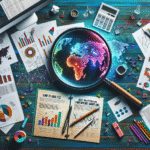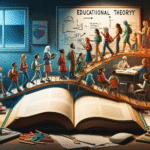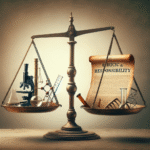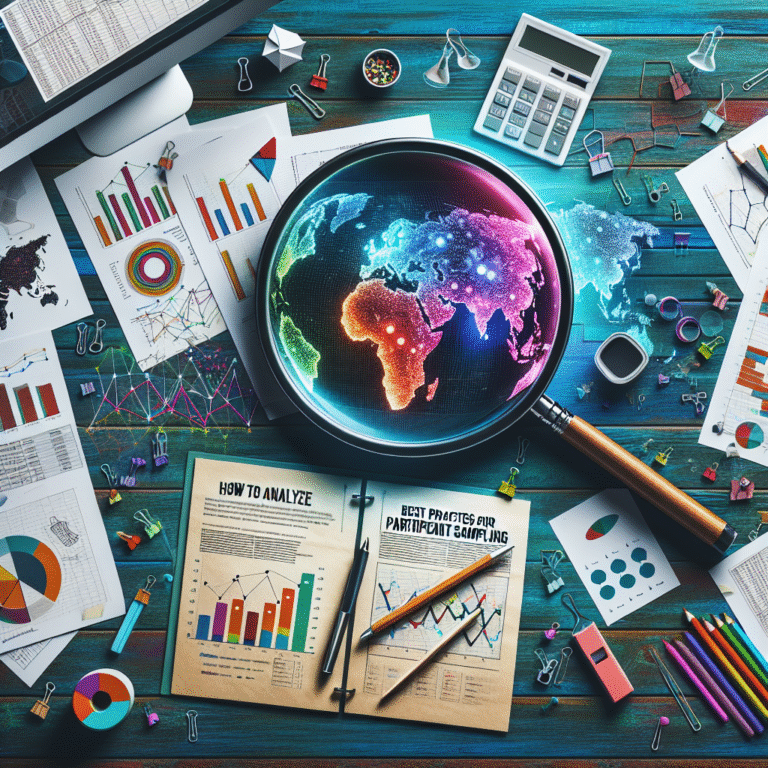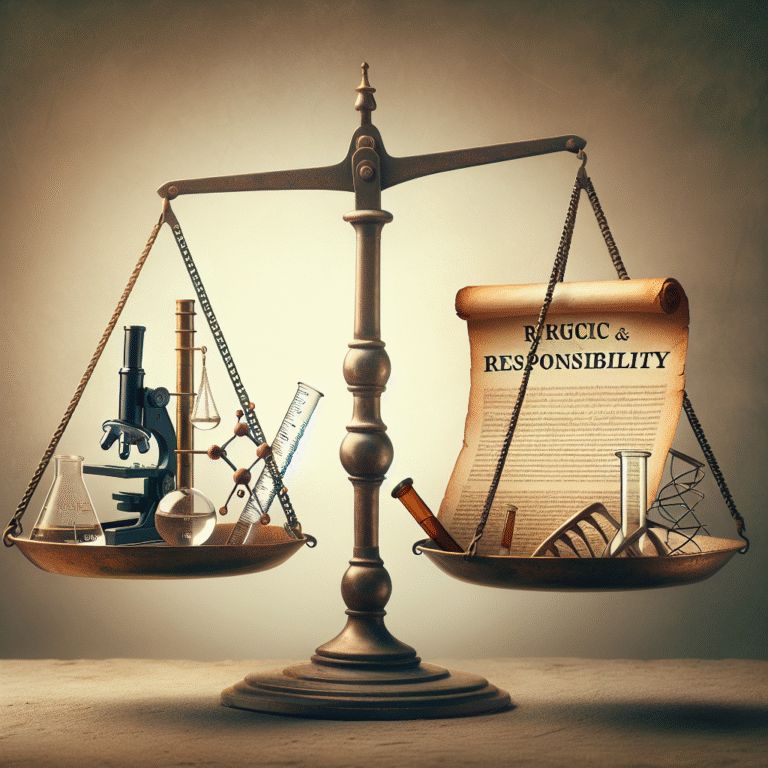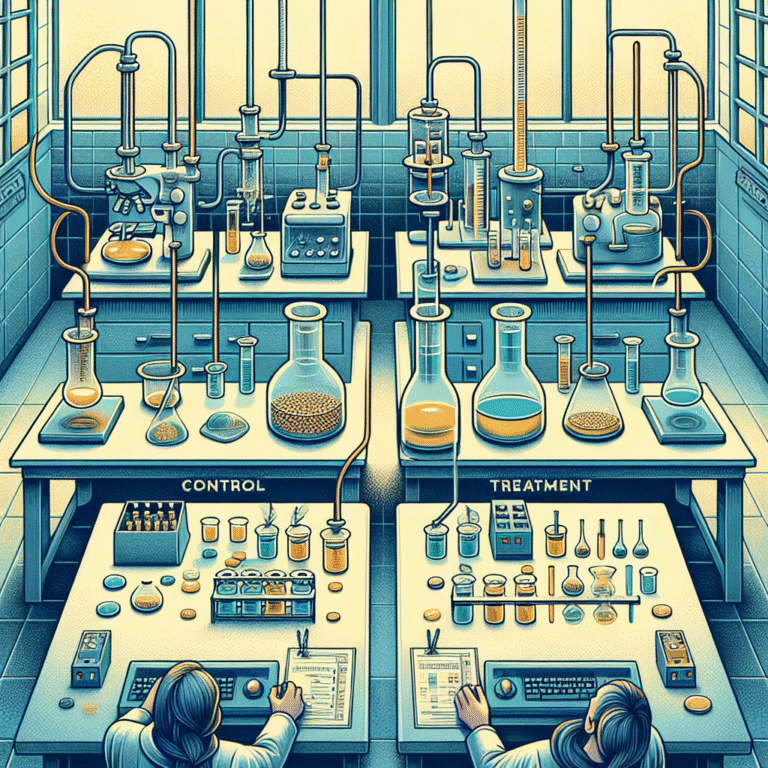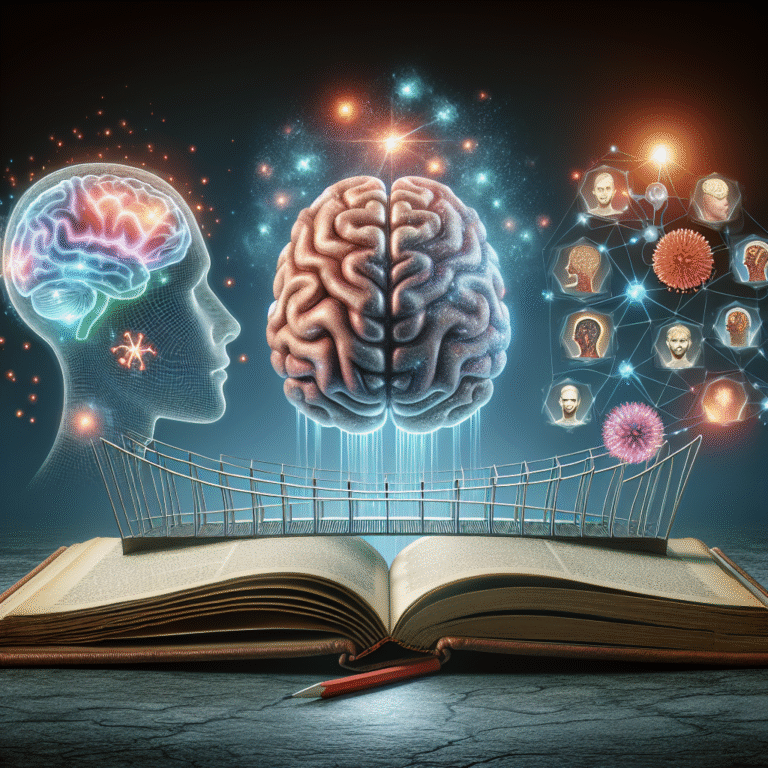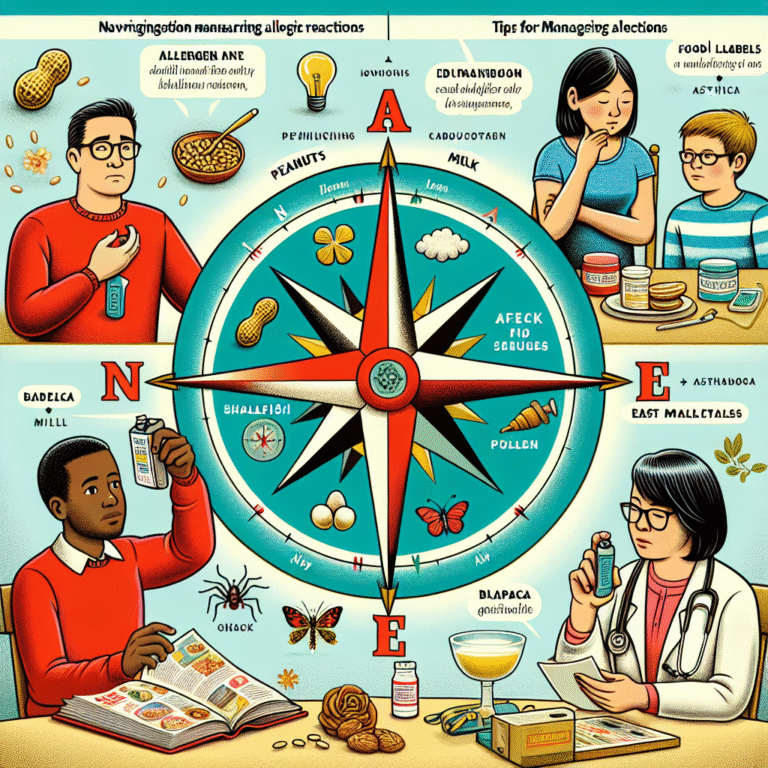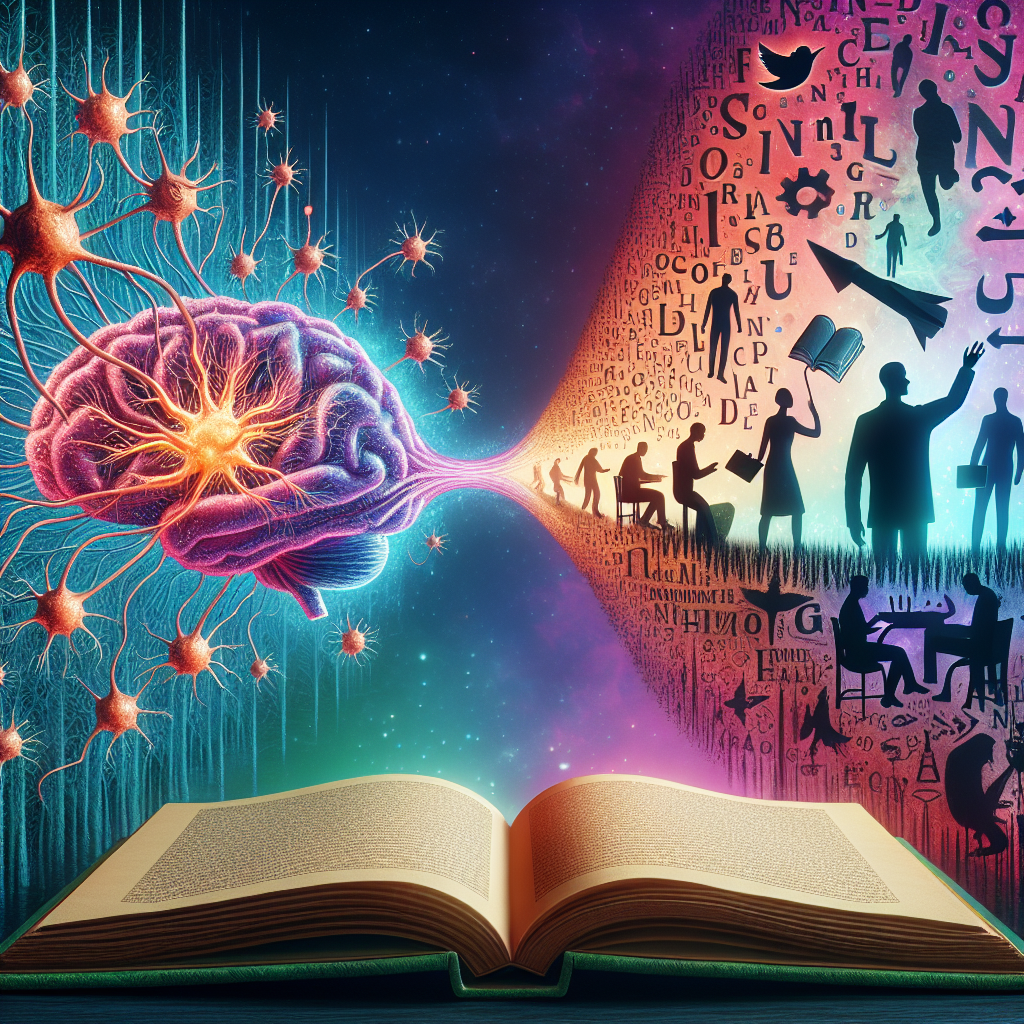
Introduction
Have you ever wondered why we make the choices we do? From the seemingly trivial decisions, like what to eat for breakfast, to life-altering ones, such as switching careers or choosing life partners, our decisions shape the narrative of our lives. From Neurons to Narratives: The Behavioral Science Behind Human Decision-Making explores the intricate relationship between the neurological processes in our brains and the compelling stories that emerge from our decisions. In an increasingly complex world, understanding this connection offers profound insights into human behavior, enhancing not only personal growth but also fostering better relationships and effective leadership. In this exploration, we will dissect the anatomical and psychological underpinnings of decision-making, drawing on case studies that illuminate these intricate processes.
The Anatomy of Decision-Making: A Neurological Perspective
The Brain’s Blueprint: Understanding the Regions Involved
Our brains are the epicenters of decision-making, comprising various regions that communicate to influence our choices. Key areas include:
- Prefrontal Cortex: Responsible for higher-order functions, including planning and impulse control. It evaluates risks and rewards, helping us make informed choices.
- Amygdala: This almond-shaped structure is crucial in processing emotions and can heavily influence our decisions, especially in high-stress situations.
- Nucleus Accumbens: Often associated with the brain’s reward pathways, this area activates when we anticipate pleasure, motivating us to pursue decisions that yield satisfaction.
Understanding the roles these regions play is the first step in unpacking From Neurons to Narratives: The Behavioral Science Behind Human Decision-Making.
The Neural Pathways: How We Process Choices
When faced with a decision, neurons fire in intricate patterns, transmitting signals that guide behavior. The wiring of these networks can be affected by various factors such as genetics, environment, and experience. For instance, neuroplasticity allows our brains to adapt based on our experiences, changing the way we process decisions over time.
Case Study: The Stroop Effect
In a classic psychology experiment known as the Stroop Effect, participants are shown words that represent colors but are printed in non-matching colors (e.g., the word "red" in blue ink). The delay in reaction time demonstrates how competing information can affect decision-making based on emotional responses and cognitive overload. This vividly illustrates how the interplay between different neural mechanisms shapes our choices, reinforcing the concept behind From Neurons to Narratives: The Behavioral Science Behind Human Decision-Making.
Emotional Influence: The Role of Feelings in Decision-Making
Emotion vs. Rationality: Finding the Balance
While the prefrontal cortex is often thought of as the center of rational thought, our emotional centers significantly influence decision-making. Neuroscientist Antonio Damasio showed that emotion plays a critical role in rational decision-making. His theory, known as the somatic marker hypothesis, posits that our emotional experiences inform our choices, acting as a heuristic that simplifies complex decisions.
Real-World Application: Emotional Branding
Brands often tap into emotional decision-making to sway consumers. For example, Apple has mastered the art of emotional branding, evoking feelings of innovation, nostalgia, and community. This emotional connection drives customers to make purchasing decisions that align with their narrative of belonging and identity.
The Neuroscience of Fear: How Anxiety Shapes Choices
Fear, a basic human emotion, can heavily dictate decisions. The amygdala processes fear-based stimuli and can lead to avoidance behavior, which is crucial for survival. However, this reaction can also lead to irrational decisions in non-threatening scenarios.
Case Study: The Paradox of Choice
Barry Schwartz’s theory in The Paradox of Choice suggests that the abundance of choices in modern society can induce anxiety, leading to paralysis. These findings underscore the importance of emotional regulation in our decision-making processes, connecting back to From Neurons to Narratives: The Behavioral Science Behind Human Decision-Making.
The Cognitive Biases That Influence Decision-Making
Understanding Cognitive Biases
Cognitive biases are systematic patterns of deviation from norm or rationality in judgment. They often arise from our brain’s attempt to simplify information processing but can lead to suboptimal decision-making.
- Confirmation Bias: The tendency to favor information that confirms existing beliefs.
- Anchoring Bias: The reliance on the first piece of information encountered when making decisions.
Case Study: The Asch Conformity Experiments
In Solomon Asch’s experiments, individuals were asked to indicate which line matched the length of a reference line. The study demonstrated that individuals would often conform to group pressure even when the answer was clear. This reveals how social dynamics and cognitive biases can lead to choices that diverge from personal beliefs, demonstrating another layer of complexity within From Neurons to Narratives: The Behavioral Science Behind Human Decision-Making.
The Social Influence: How Others Shape Our Choices
The Power of Social Proof in Decision-Making
Social proof serves as a potent influencing factor in human decision-making. People often look to others for guidance, especially in uncertain situations.
Example: Yelp Reviews and Restaurant Choices
When choosing a restaurant, potential customers might look at online reviews as a heuristic. High ratings and positive feedback serve as social proof, significantly influencing decisions. Understanding these dynamics can illuminate aspects of From Neurons to Narratives: The Behavioral Science Behind Human Decision-Making in consumer behavior.
Strategies to Improve Decision-Making
Leveraging Behavioral Insights for Better Choices
Awareness of the factors influencing our decisions can lead to more informed choices. Here are some strategies based on behavioral science principles:
- Limit Options: Reducing choices can alleviate anxiety and lead to more satisfying decisions.
- Seek Feedback: Engaging with others can provide alternative perspectives and counteract biases.
- Take Your Time: Allowing for reflection can minimize impulsive decision-making driven by emotional responses.
The Role of Mindfulness
Mindfulness practices can enhance awareness of emotional responses, producing more balanced decision-making. By cultivating a moment of pause, we can assess our feelings and cognitive biases before making financial or personal decisions.
Conclusion
In navigating the complex landscape of decision-making, understanding the interplay between our neurological functions, emotions, and social influences can lead to better choices and richer life narratives. From Neurons to Narratives: The Behavioral Science Behind Human Decision-Making reinforces the notion that our decisions are not merely products of rational thought but are influenced by a myriad of factors that reflect our humanity.
By applying insights from behavioral science to our daily lives, we can harness the power of informed decision-making, leading to enhanced personal and professional outcomes. The stories we choose to create through our decisions can propel us towards fulfillment and success—transforming neurons into meaningful narratives.
FAQs
1. What are the main regions of the brain involved in decision-making?
The prefrontal cortex, amygdala, and nucleus accumbens are crucial areas that influence our decision-making processes.
2. How do emotions affect decision-making?
Emotions serve as vital signals in decision-making, often guiding us away from risks and towards choices that offer pleasure or satisfaction.
3. What are cognitive biases and how do they impact decisions?
Cognitive biases are irrational patterns in judgment that can skew our decision-making by prioritizing certain information over others.
4. How can I improve my decision-making skills?
You can improve your decision-making by limiting options, seeking external feedback, and engaging in mindfulness practices.
5. What role does social proof play in decision-making?
Social proof influences our choices by demonstrating how others behave, often leading us to follow group norms in uncertain situations.
By understanding how these elements contribute to our decisions, we empower ourselves to create more intentional and fulfilling narratives in our lives.
